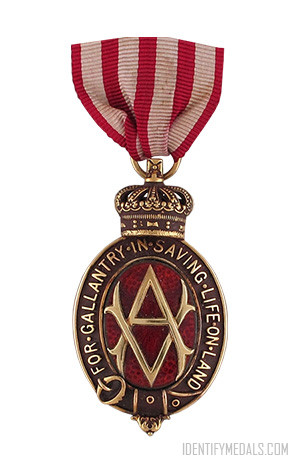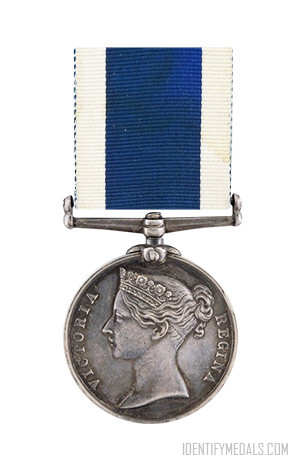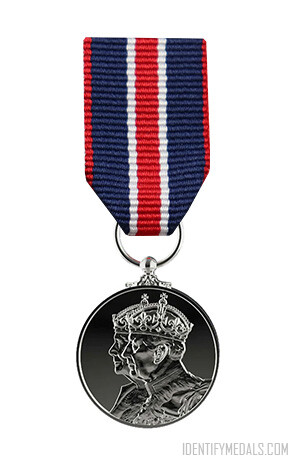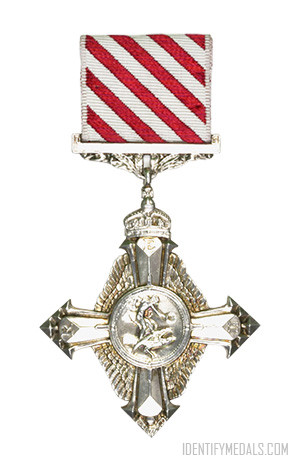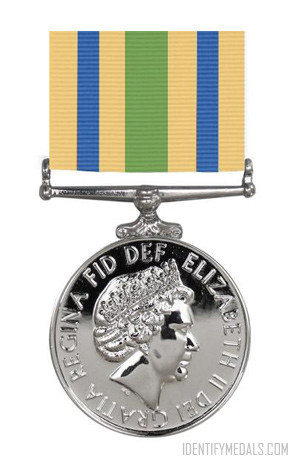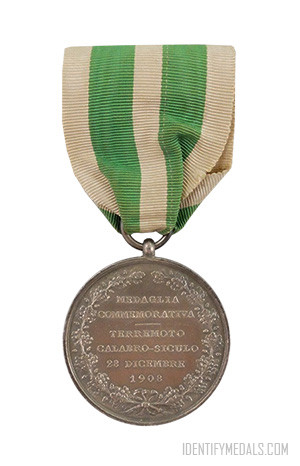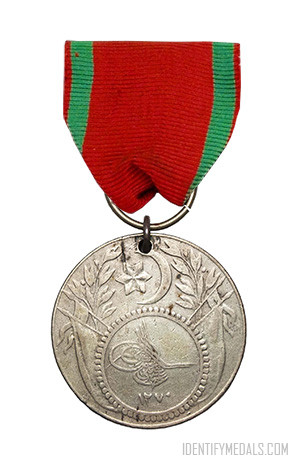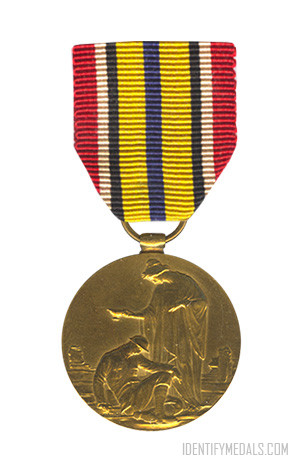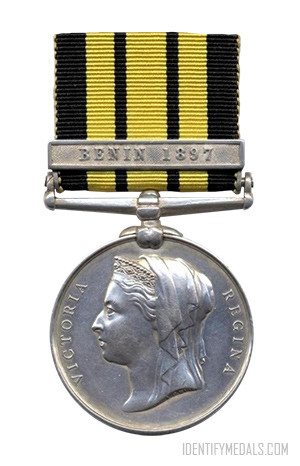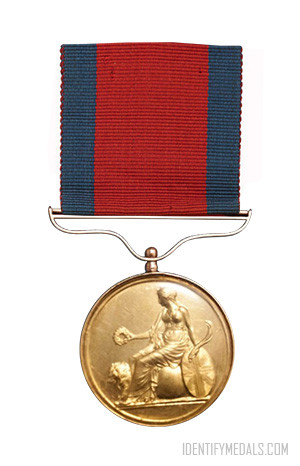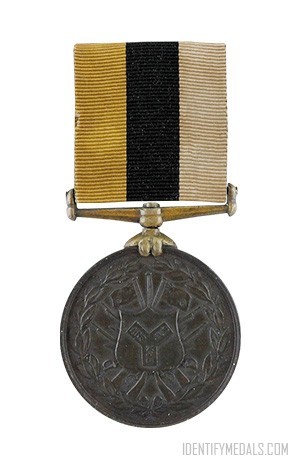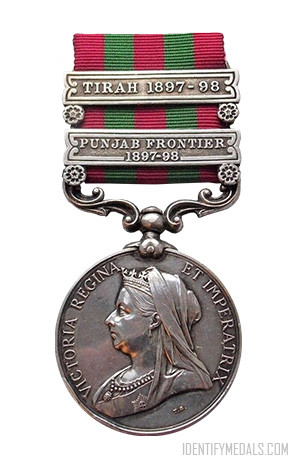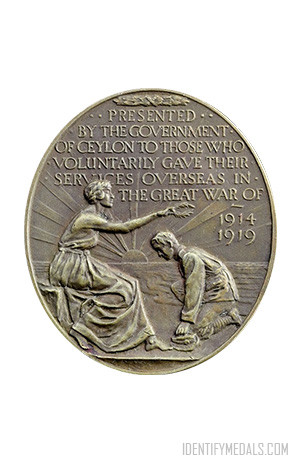- Time Period: Pre-WW1
- Year of Institution: 7 March 1866
- Country: Great Britain
The Albert Medal for Lifesaving is a British medal established by a Royal Warrant on 7th March 1866 and awarded to recognize the saving of life. It has since been replaced by the George Cross.
The medal was named in memory of Prince Albert and originally was awarded to recognize saving life at sea. It was discontinued in 1971 with the last two awards promulgated in the London Gazette of 31 March 1970. The first recipient was Samuel Popplestone, a tenant farmer who on 23 March 1866 helped to rescue four men after the cargo ship Spirit of the Ocean lost its battle with force eleven gales and was torn apart as it was swept onto the notorious Start Point rocks in Devon.
A Royal Warrant in 1867 created two classes of Albert Medal. The titles of the medals changed in 1917, the gold “Albert Medal, first-class” becoming the “Albert Medal in gold” and the bronze “Albert Medal, second class” being known as just the “Albert Medal”.
The decoration was discontinued in 1971 and all living recipients were invited to exchange the award for the George Cross. From the total of 64 eligible to exchange, 49 took up the option.
The Albert Medal for Lifesaving Design
The medal was made of gold (although early examples are gold and bronze), and consists of an oval enclosing the entwined initials V and A. The sea medals have, in addition, an anchor. The oval is enclosed by a bronze garter with the words FOR GALLANTRY IN SAVING LIFE, with AT SEA or AT LAND as appropriate, and is enameled in red or crimson respectively. The medal is surmounted by a crown pierced by a ring for suspension.
The original medal had a blue ribbon 5⁄8” (16 mm) wide with two white stripes. A further Royal Warrant in 1867 created two classes of Albert Medal, and the ribbon of the first-class changed to 1 3⁄8” (35 mm) wide with four white stripes.

